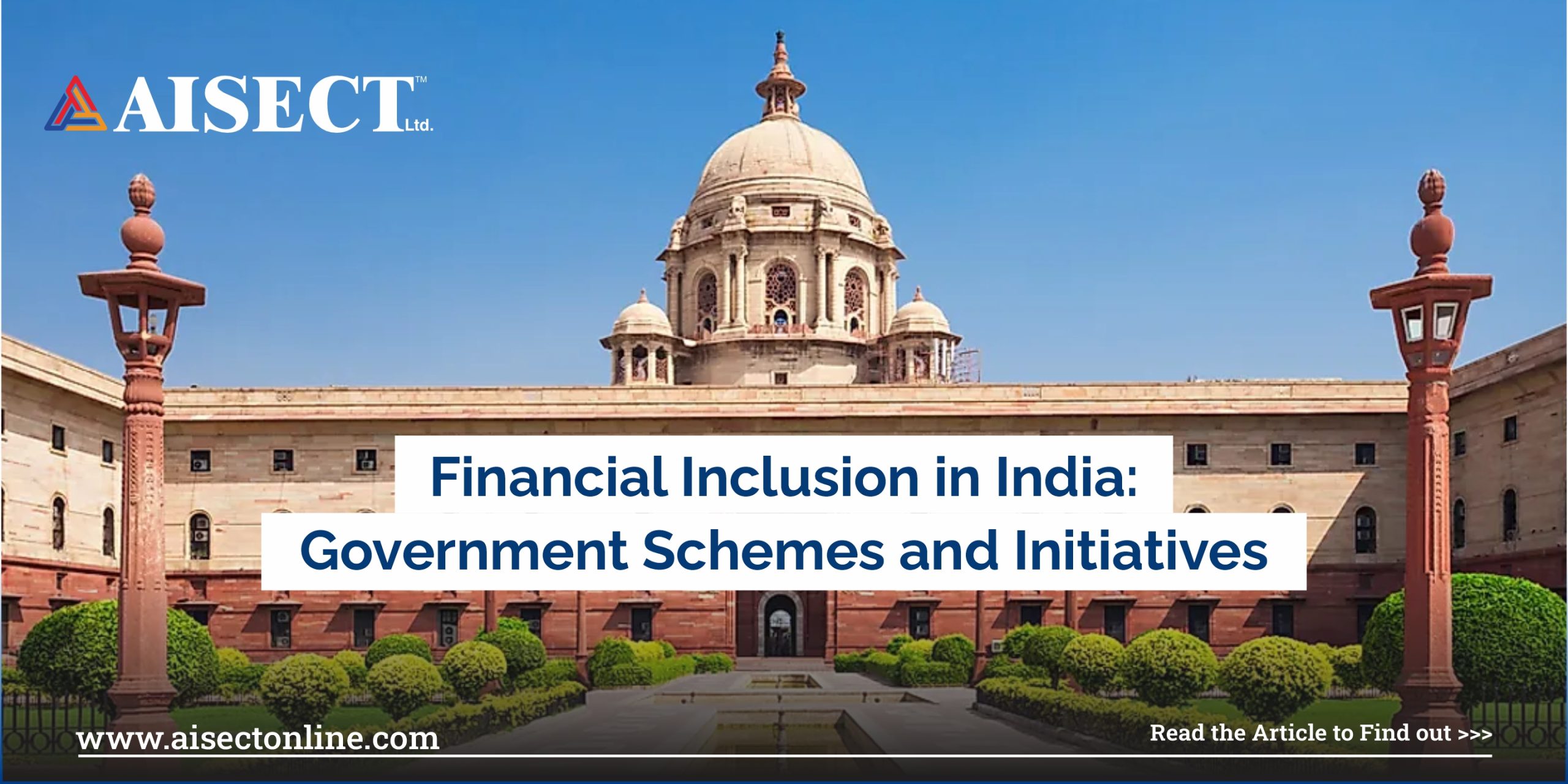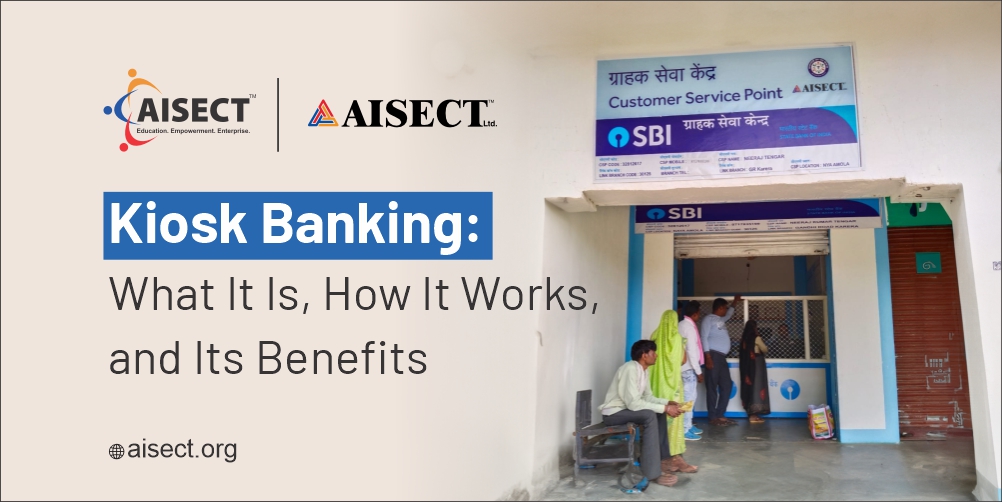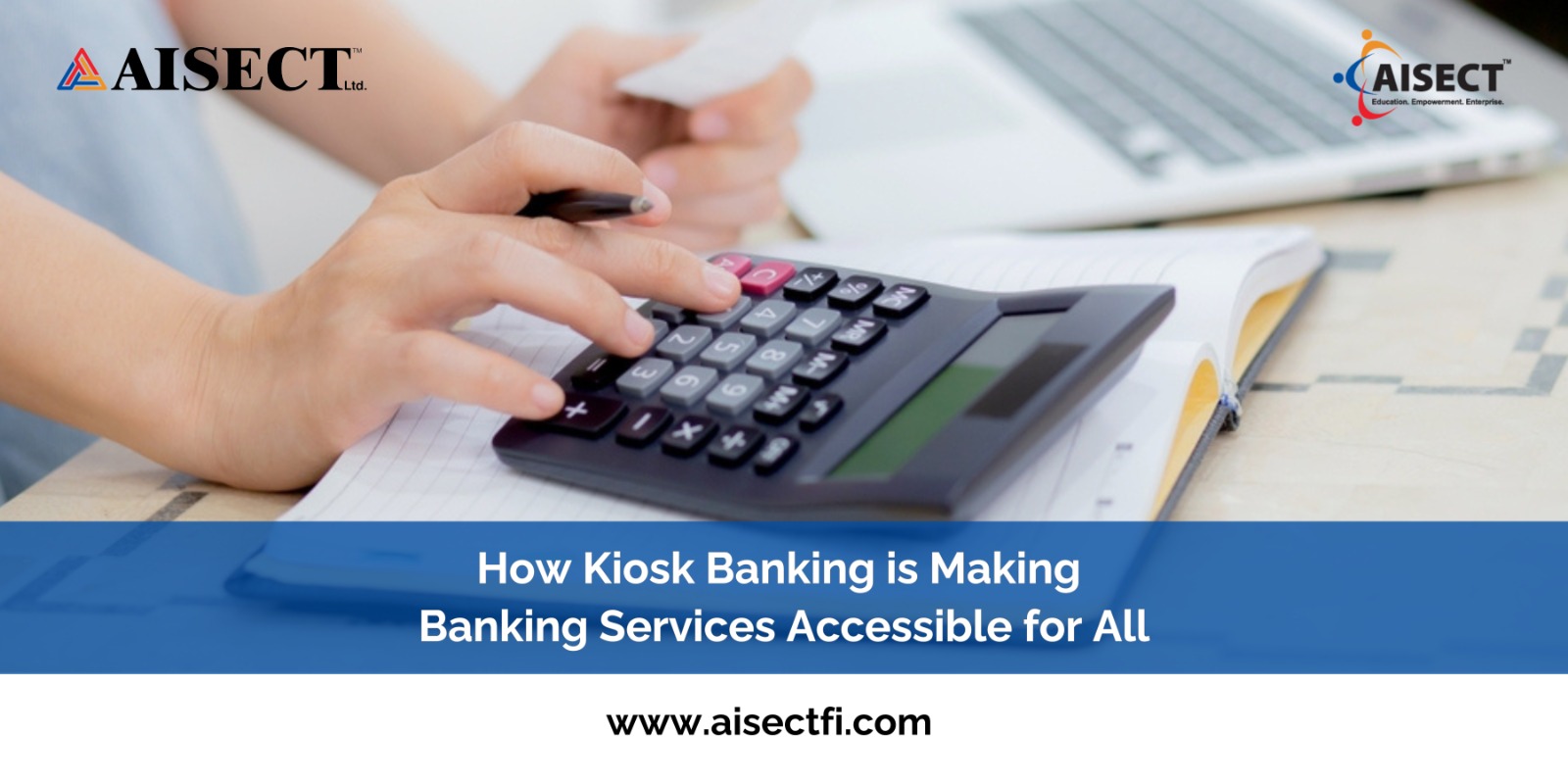Introduction
Do you know that as of fiscal year 2023, the financial inclusion index of India was 60.1 according to the RBI?
Financial inclusion generally refers to efforts to make financial services and products accessible and affordable to every business and individual regardless of their personal net worth or organisation size. Financial inclusion strives for the removal of barriers that exclude people from participating in the fiscal sector and utilising these services to improve their lives. It can also be considered inclusive finance.
According to the World Bank, financial inclusion is responsible for facilitating day-to-day living and helps businesses and families plan for everything from long-term goals to unexpected emergencies. As account-holders, people are more prone to utilise other fiscal resources such as savings, credit and insurance, initiate and expand businesses, invest in education or health, management of risks and weather fiscal shocks all of which can improve the quality of their lives.
Importance of Financial Inclusion in India
Do you know that the financial inclusion index rose from 43.4 in 2017 to 60.1 in 2023 which indicates an improvement in financial inclusion?
There are very general and broad reasons why financial inclusion is important:
- Financial inclusion helps in the reduction of poverty and inequality: Financial inclusion helps in the provision of opportunities for low-income and marginalised individuals to access formal financial services such as credit, savings and insurance. By empowering them with the appropriate tools to manage their finances and invest in income-generating activities, financial inclusion can help lift people out of poverty while reducing economic disparities.
- Financial inclusion helps in the stimulation of economic growth: One of the general arguments is that when more people have access to financial services, they can participate actively in the economy. An increment in financial inclusion leads to higher levels of savings, entrepreneurship and investment which fosters economic growth and stability in both national economies and local communities.
- It helps in the promotion of small businesses: Small businesses more than often face challenges in accessing credit from traditional banking sources. Financial inclusion through innovative lending models as well as online platforms can provide much-needed funding for entrepreneurs to initiate and expand their businesses.
- Inclusive finance promotes innovation: Financial inclusion helps drive innovation in the financial sector, leading to the development of fintech solutions and new technologies that cater to the requirements of underserved populations. These innovations can benefit the financial ecosystem and lead to advances in fiscal services.
Government’s Role in the Promotion of Financial Inclusion
Did you know that nearly a billion and a half people living in developing economies don’t have access to formal credit and savings?
Governments play a central role in the promotion of financial inclusion through policy and regulatory frameworks. They can help in the implementation of measures for the reduction of barriers while encouraging fiscal institutions to serve under-served and marginalised populations as well as investing in financial literacy programs and digital infrastructure. Some of the key government strategies for the promotion of financial inclusion in India:
- Regulatory frameworks: They help in the establishment of rules and guidelines for fiscal institutions to operate in a way that promotes financial inclusion.
- Financial literacy and education programs: The government can implement financial literacy and educational programs for the enhancement of individuals’ comprehension of fiscal concepts, products and services.
- Digital infrastructure development: investing in digital infrastructure such as internet connectivity as well as mobile networks is crucial for the expansion of financial access to underserved and remote areas.
Key Government Schemes for Financial Inclusion
- 1. Pradhan Mantri Jan Dhan Yojana (PMJDY)
The primary objective of PMJDY is to ensure access to various fiscal services of basic savings bank accounts, access to need-based credit, insurance and pension as well as remittances facility to the weaker sections and lower income groups. This deep penetration can only be made possible with the effective use of technology. PMJDY can be considered the apex national mission on financial inclusion in India with an integrated approach to bring about financial inclusion to all the households in the country.
- 2. Stand-Up India
The objective behind the Stand-Up India scheme is the facilitation of bank loans between 10 lakh INR to 1 Crore INR to at least 1 SC or ST borrower and at least one woman borrower per bank branch for the establishment of a greenfield enterprise. The enterprise may be in services, manufacturing, agri-allied activities or the trading sector and in the case of non-individual enterprises at least 51% of the controlling and shareholding stake should be held either by an SC or ST or woman entrepreneur.
- 3. MUDRA Yojana
MUDRA which is an acronym for Micro Units Development and Refinance Agency Ltd., can be considered a financial institution established by the government of India for the refinancing and development of micro-unit enterprises. It was announced by the finance minister while presenting the union budget for the year 2016. The purpose of the MUDRA Yojana is to provide funding to the non-corporate small business sector through various financial institutions like Banks, NBFCs and MFIs.
Challenges and Considerations
When striving for financial inclusion, there are perpetual headwinds. First and foremost, there is a major barrier regarding the lack of awareness and knowledge about formal fiscal systems and services. While some communities have distrust in the financial systems others simply are unaware of financial concepts or services.
Regulatory barriers and policies can deter fiscal institutions from serving low-income consumers and entering underserved markets. Socioeconomic disparities as well as gender inequalities can hinder financial inclusion, with women and other marginalised communities potentially facing greater barriers to control and access financial resources.
Conclusion
From the above, it can be concluded that financial inclusion is paramount in emerging economies as that of India. Financial inclusion has enormous potential to alleviate poverty, drive innovation and stimulate economic growth as well as promote small businesses while fostering digital inclusion. The government has a pivotal role in enabling the concept of financial inclusion in the country. Some of the schemes such as PMJDY, Stand-Up India and MUDRA Yojana effectively enforce the concept of financial inclusion.



